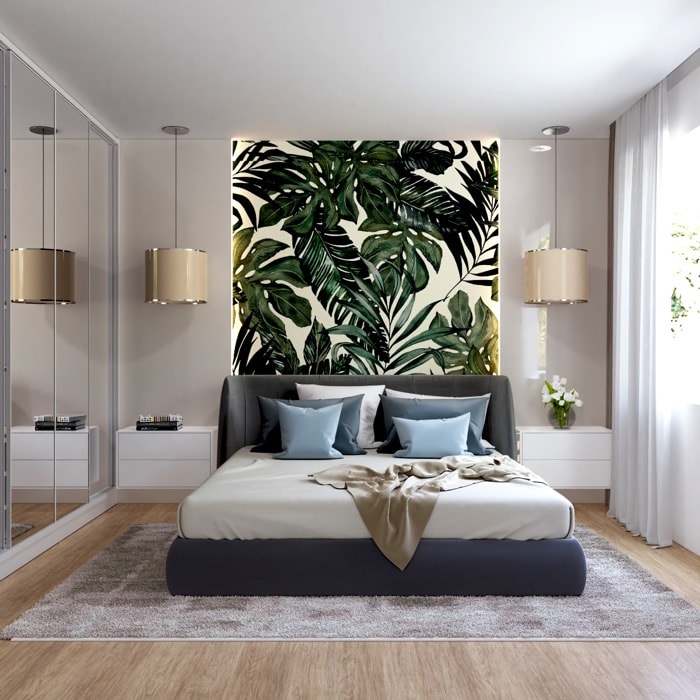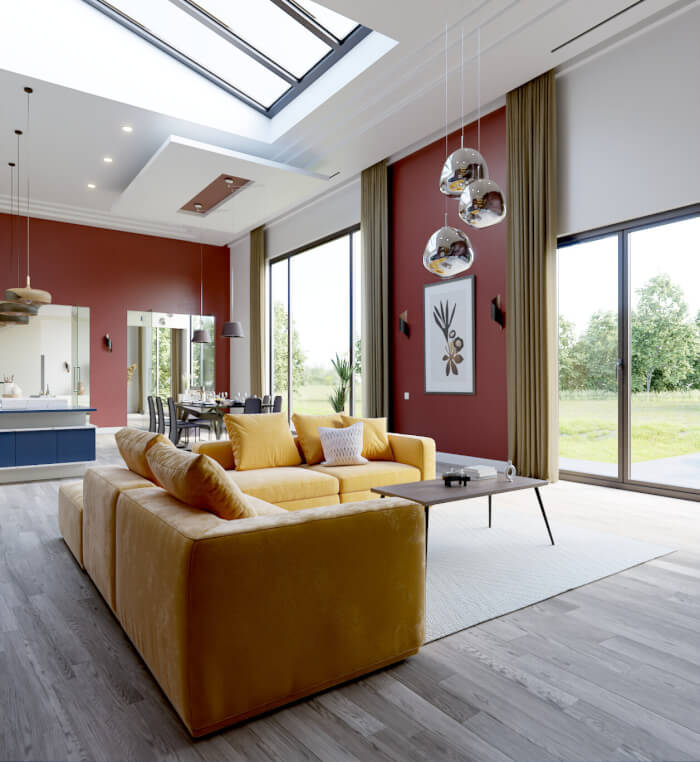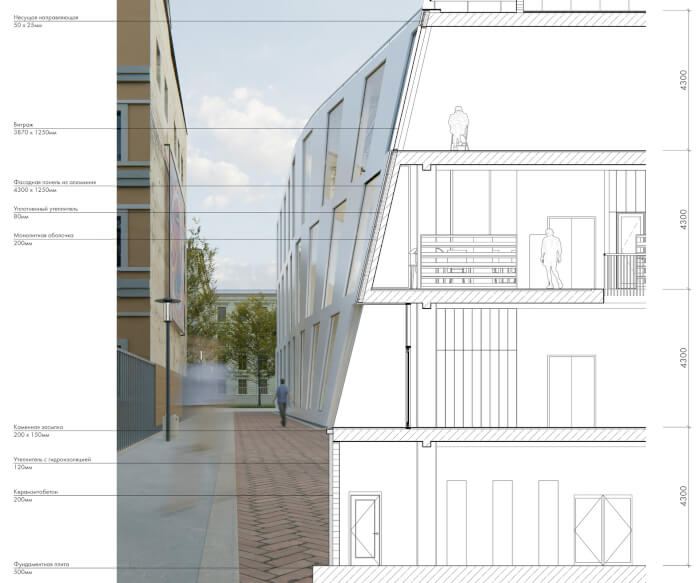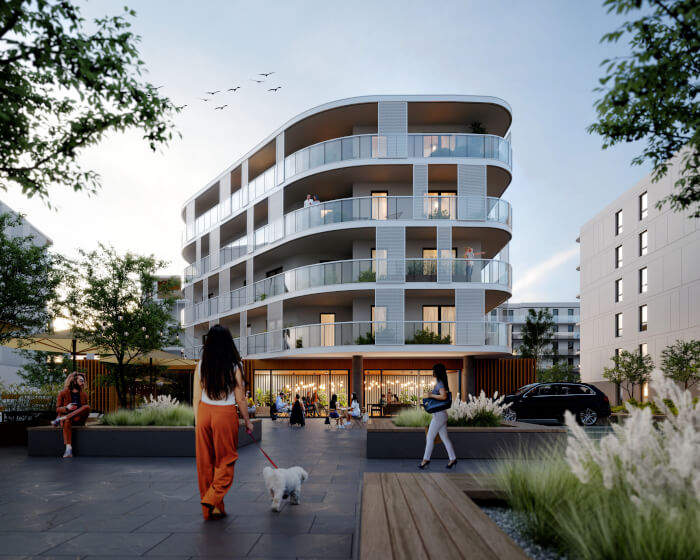
We are close to the year's end and to celebrate that we are making a series of articles with some of the best resources for architectural visualization in 2018. If you missed the first article, here is round one with some of the highlights in architectural visualization projects made with Blender.
Now we have another round of incredible projects using Blender to create architectural visualization. Here you will start to see more Eevee in the projects:
- Architectural animation with Blender Cycles
- Bedroom interior with Blender Eevee
- Master bedroom with Blender Cycles
- Typevariant House Winter with Octane and Blender
Some of the projects might also include additional information about the images like settings and light setup. It may be a great source of information to improve your skills.





